Friends Over Money: Inside the World of Verdy
The Wasted Youth and Girls Don’t Cry designer reflects on his magazine kid era and the importance of working with friends.

When discussing Japan’s streetwear scene today, one name inevitably stands out: Verdy. If you’re unfamiliar, you’ve likely encountered his iconic graphic slogans “Girls Don’t Cry” and “Wasted Youth” somewhere. Or perhaps you’ve seen a picture of him flashing a peace sign with his signature boyish grin. His Tokyo office is a must-visit for artists passing through the city, including the likes of Tyla, Bruno Mars, Pusha T, A$AP Rocky, Central Cee, and even Tim Cook. Close collaborators like NIGO and Pharrell Williams are also regulars, often leaving behind a coveted photo-op moment.
Verdy isn’t confined to the world of graphic design. He’s evolved into a multidisciplinary artist with a vast range of projects. From collaborations with brands like UNDERCOVER, HUMAN MADE, and KENZO, to running his own fashion labels, he’s constantly enlarging his creative footprint. His characters, Vick and Visty, have become recognizable figures in collaborations with Nike, BLACKPINK, Paris Saint-Germain, Swatch, and more. Verdy’s work also includes cultural events, designing artwork for festivals like Coachella and ComplexCon, and producing limited-edition goods with musicians like Steve Lacy, Peggy Gou, and Kid Cudi.
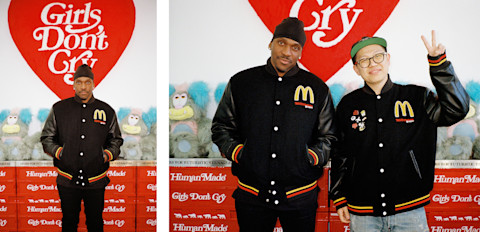
Born in Osaka in 1987, Verdy traveled between Osaka and Tokyo, devouring streetwear magazines, and though he started out designing punk band covers and posters, his breakthrough came with the launch of Wasted Youth as he neared his thirties—a project fueled by the belief that nothing from his younger years had gone to waste. The name reflects this sentiment: “Looking back, nothing was ever truly useless.”Despite his success—his art has graced the runway at KENZO’s Paris Fashion Week show and he’s now a creative partner at HUMAN MADE—Verdy remains focused on connecting with a broader audience. Deeply influenced by Japan’s Ura-Harajuku culture of the ’90s, Verdy sees himself as a bridge between its pioneers and the new generation. He’s even brought his roots to life by opening a New York–style pizza joint called Henry’s Pizza in Osaka, and in an age of digital overload, launched the print publication THIRTY 3 MAGAZINE. “Japanese culture in the ’90s and early 2000s was well-documented in magazines,” he says, “but many of those publications no longer exist because the younger generation today gets all their information on the internet.”What makes all of this possible is Verdy’s team and network, not only in Tokyo but in LA, Seoul, and Paris. Constantly on the move, Verdy is passionate about spreading his work worldwide. Here, he discusses life as a graphic designer, grappling with regrets from his youth, and finding a balance between work and life as a father.
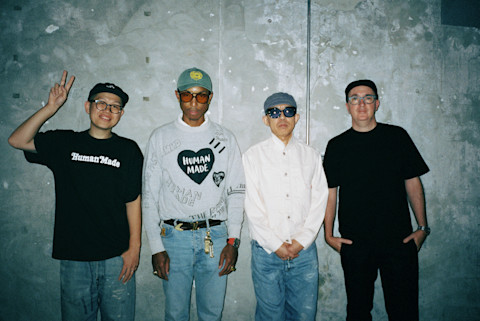
What have you been up to lately?Let’s take a step back and talk about your early life. What inspired you to pursue a career in graphic design?How did you come to create the typography you use now?
In September, I was appointed a creative partner of HUMAN MADE. We opened the HUMAN MADE store in Seoul, and I designed a capsule collection to promote the opening. Then, my Nike SB Vistys were released. In October, Visty Playground Hong Kong opened in Pacific Place Mall from the ninth to the twenty-seventh, and I am throwing and curating a big Halloween party on October 25 in Harajuku.It started with my love for punk music. Since I was in a punk band with my friends, I thought, “Why not create the flyers myself?” Soon, I started making artwork for my friends’ bands too. It was all about the energy; I was always drawn to it.The punk scene was my blueprint at the time, and graphic designers in this space, like Pushead and Usugrow, had their own fonts. I always wanted to make my own font, but it was super hard. When Girls Don’t Cry started, I spent a lot of time working on the custom typography, and now it’s well-known.
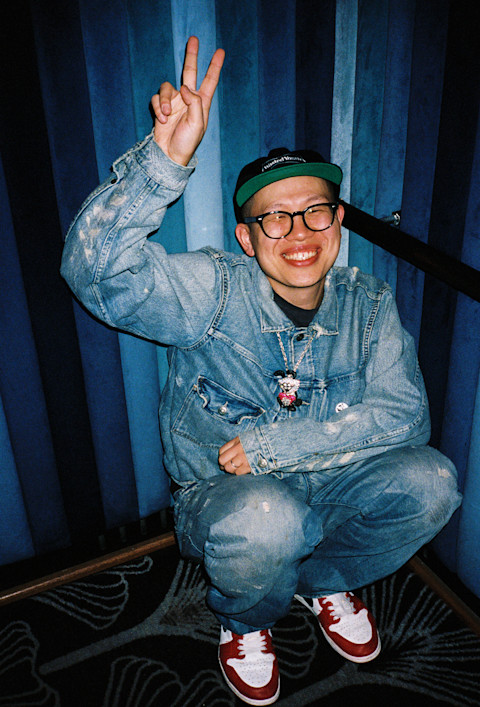
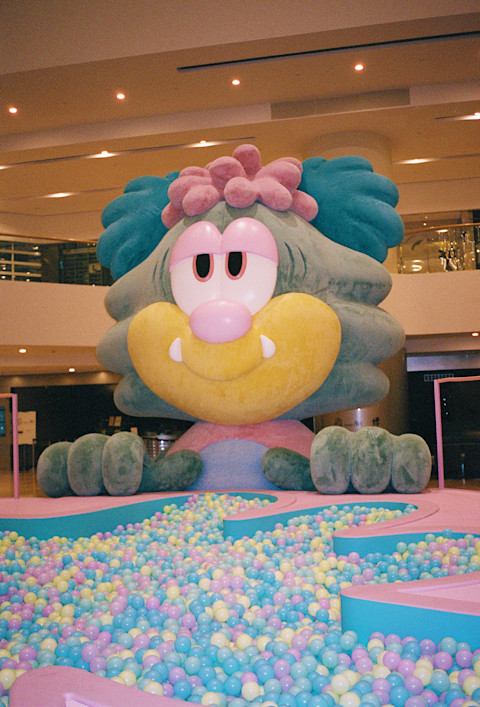
I’m curious if you planned the expansion from a graphic designer to a multifaceted artist, or if it happened naturally. In design school, I was taught that a graphic designer is more like a worker, not an artist.Looking back, are there things you think, “I should have done this,” or “I shouldn’t have done that?”I’m curious about the influence that Tokyo’s Ura-Harajuku culture has had on your work. Are there specific pioneers or relationships from this space that inspired you?
I always wanted to do both; I love both of them. I started as a graphic designer for my friends’ bands, and the designs were maybe not as strong because they weren’t as personal. The transition to being a graphic artist happened very organically. You can see my full artistry through my projects Wasted Youth and Girls Don’t Cry. I create for these projects when I’m feeling good, and I put 120% into each design.Something I regret is skipping classes to chill with my friends. This was a mistake. When I started designing, I was working freelance. Without the guidance of a teacher or a boss, I spent many extra hours googling design techniques. I think it would have been much easier if I had been more focused in design school.I’m inspired by the music and fashion from this culture, along with pioneers like NIGO, Hikaru from Bounty Hunter, and Jun Takahashi from UNDERCOVER. When I was younger, I had an hour-long train commute every day from the Osaka countryside to high school and later design school. I would always spend this time reading magazines. I read every interview and paid attention to every detail in all of the magazines. I am nostalgic about this time when magazines were at the forefront of culture.
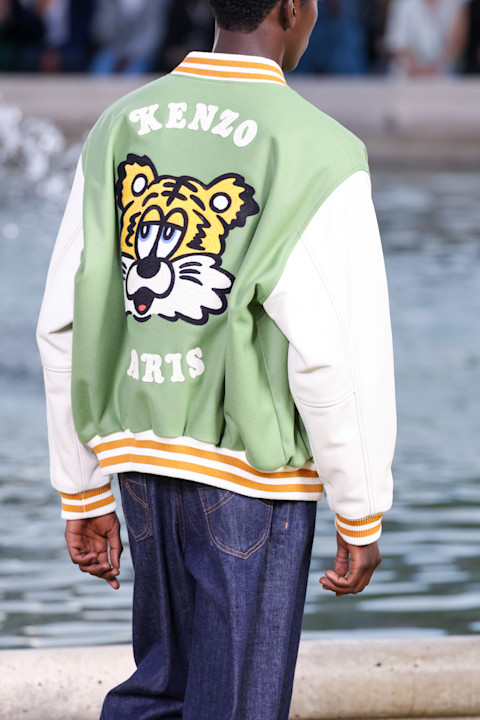
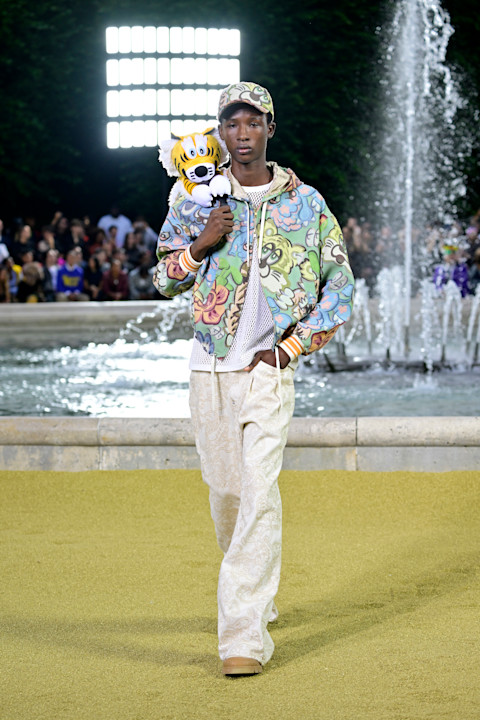
You recently started a magazine called THIRTY 3 MAGAZINE, where you’re the editor-in-chief. Why start a magazine?Then what was your favorite magazine when you were young?
Magazines taught me everything I know about fashion, music, and my own creative projects. They were like my textbooks; I studied them every day from high school on. As internet culture grows, the number of magazines and media outlets I love has begun to decrease over time. I thought more about it and realized there were no magazines that covered the current era. There are magazines that specialize in one culture, such as music or art, but I wanted to find magazines that capture what is happening in the city as a whole and feature the people who are creating the scene.When today’s elementary school students become high school students and wonder what kind of creators and fashion culture there will be in the 2020s, there will be no magazines that truly capture this era in a cohesive way. Given that magazines are a huge part of who I am today, I think I have to play a role by passing them on to the next generation. In the coming decades, THIRTY 3 MAGAZINE will be a magazine that embodies the era of the 2020s to the youth of the future. I would be happy if this could inspire readers’ creativity.It’s hard for me to choose just one. I love many for different reasons. Some of my favorites growing up were Warp, Relax, Boon, EYESCREAM, Smart, and STUDIO VOICE.
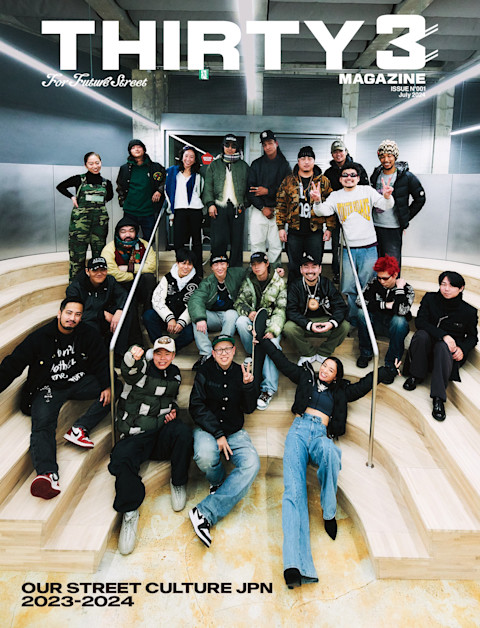
What kind of advice would you give to the younger generation?Are there any places you’d recommend to SSENSE readers visiting Tokyo?I’m curious about the new culture, artists, and brands in Japan that you’re paying attention to.
If you love what you do, keep working at it every day. The timing isn’t always perfect, but I think it’s important to do what you love. In Japanese culture, some of the OGs are hard on the new generation. I think it’s important to be kind to everyone, no matter how established they are. I love the new generation because we have so much to learn from one another.Shimokitazawa is a cool neighborhood with many small vintage stores, vintage toy shops, bars, food spots, record stores, and vintage bookstores. I recommend Soundsgood for vintage toys.The Japanese hip-hop scene is now starting to become widely popular. There are many new emerging artists and brands that I really like who are making an impact on the scene. Artists I’m really into are Young Coco, BIM, and Ryota Daimon. For brands, I’m into Car Service, BoTT, Whimsy Socks, MASU, and Fake as Flowers.
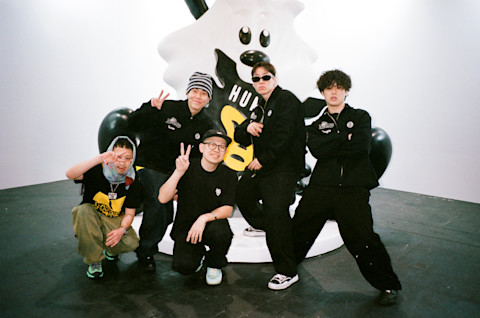
Girls Don’t Cry started with a trip to LA with your wife. Balancing work and parenting is a challenge all parents face. How do you do it?As you continue to expand globally, there will likely be challenges. Is there a unique belief or value of your own that you absolutely want to preserve without wavering?
Since becoming a father, my priorities have shifted. Nothing comes before my daughter. I love spending my days off playing with her. With that being said, I don’t consciously separate my time as an artist, father, and individual. For me, there’s no clear line between work and play, nor between play and myself. It’s all sort of one entity for me.Yes, I only work with friends because I want to have fun while I do projects. Also, I never do any project solely for money; the energy and intentions have to be right.


